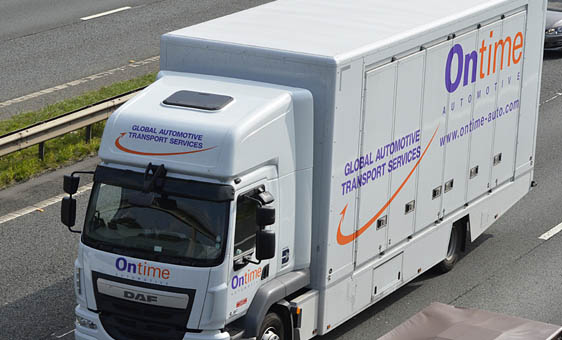
Classic car enthusiasts have all different reasons for owning one or more celebrated vehicles of a certain age, from investment to starting a collection, and of course getting out on the open road and experiencing the vehicle’s drive first hand.
But when it comes to making the journey to shows and exhibitions, reaching the start line of rallies in peak condition, or taking a car to be sold, the right way to transport a classic car becomes even more important.
You might not want to clock up extra miles by driving the car under its own power, so what are the best options to transport a classic car?
Covered classic car transport
First of all, the classic car transporter you choose should be covered; this protects your car against paintwork damage and general wear and tear from travelling through heavy weather.
It also offers extra security, keeping your vehicle out of sight of prying eyes until it is safely at its destination, and reducing the risk of theft or vandalism along the way.
Transporting multiple classic cars
If you are taking a collection to exhibit, then you may need to transport multiple classic cars. This is no problem, as modern classic car transporters can take as many as six vehicles at once.
Remember to make sure that the automotive transport providers you use have adequate insurance cover: Ontime Automotive are insured up to £5,000,000 per transporter load, for total peace of mind, with the option to add even higher coverage if it is needed.
Unloading classic cars
Why would you go to the trouble of transporting a classic car to an exhibition, only to use its own engine to drive it off of the transporter? And what about classic cars that are not in a functional state?
Again, modern classic car transporters can accommodate these scenarios, with winches and ramps that allow non-running vehicles to be safely unloaded without needing any power of their own.
Transporting sports cars and supercars
A growing number of vehicles in private collections are supercars and sports cars – and this will continue to increase as more of these vehicles enter the classification of ‘classic cars’.
Sports car transporters are designed to cater for the unique construction of sports and supercars, with tailgates and ramps that offer very low profile to the ground, ensuring your vehicle does not become beached if its chassis is very low to the ground too.
From A to auction
Finally, many classic cars are held in private collections mostly for display purposes, and only need to move when they are sold on to their next private owner or automotive museum.
Transporting classic cars to auction is fundamentally no different than taking them to a rally or exhibition, although it is arguably even more important that they should arrive in pristine condition to achieve the best possible sale price.
But by working with a classic car transport provider with good connections to the auction houses and sales rooms of the country, you ensure that every link in the chain is the strongest it can be – and that your vehicle will arrive at the sales room at the right time, in the right condition and ready to be sold to the highest bidder.